10 Signs Your Vintage Handbag Is Truly Valuable
A beautiful vintage handbag can be more than just a stylish accessory. In many cases, it may hold significant worth due to its history, craftsmanship, and rarity. Knowing what to look for can help you tell if yours is a hidden treasure. From materials to brand markings, each detail can offer important clues. Keep reading to learn how to spot the signs that your handbag could be worth far more than you think.
This post may contain affiliate links, which helps keep this content free. Please read our disclosure for more info.
Designer Hallmarks and Logos
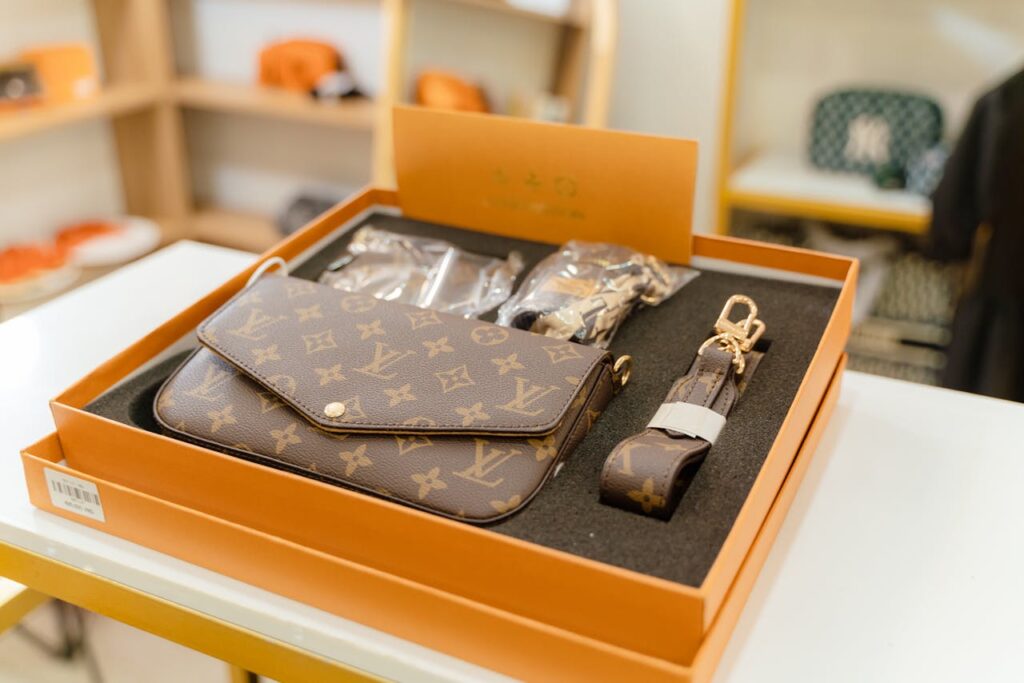
Many luxury brands have used specific hallmarks or logo styles during certain years, which can help identify authenticity. These marks often appear on hardware, lining, or small interior tags. A genuine logo will have clean lines and correct spacing that matches the brand’s official design from that period. Faded or irregular stamping may indicate later reproduction.
Some handbags feature hallmarks that were discontinued decades ago, making them more desirable. Collectors often cross-reference these marks with brand archives for verification. Even slight variations in font or emblem shape can be important. Knowing the history of the logo style can reveal when and where the handbag was made.
High-Quality Stitching
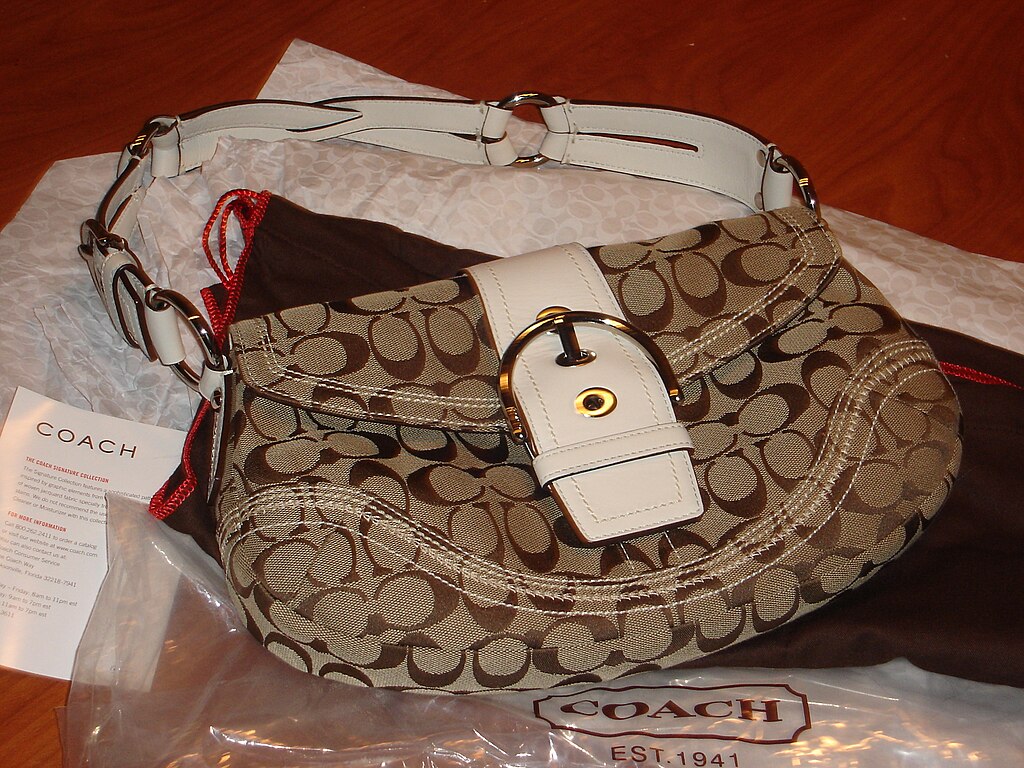
Handbags from premium makers often show consistent, tight stitching that holds up over time. This type of construction requires skilled workmanship and durable materials. Uneven or loose stitches can be a sign of later repairs or imitation. Many older bags still have stitching that remains intact despite years of use.
Different brands have distinctive stitching patterns or thread types that were used in certain eras. These details can help confirm the age and originality of the bag. Poor stitching alignment is rarely seen in authentic vintage luxury pieces. Studying these patterns can add clarity when determining value.
Original Hardware

Original metal clasps, zippers, and decorative pieces can greatly impact value. Many luxury brands engraved their hardware with small marks that identified the maker or year. Hardware replacements can lower collector interest, especially if they differ from the brand’s standard style. Tarnish or patina on original pieces is often preferred over modern replacements.
In some cases, hardware designs were made only for limited runs. The weight and feel of the metal can indicate authenticity, as original pieces tend to be heavier and more solid. Comparing hardware to catalog images can help verify originality. Keeping original hardware intact can maintain the bag’s historical appeal.
Rare Materials
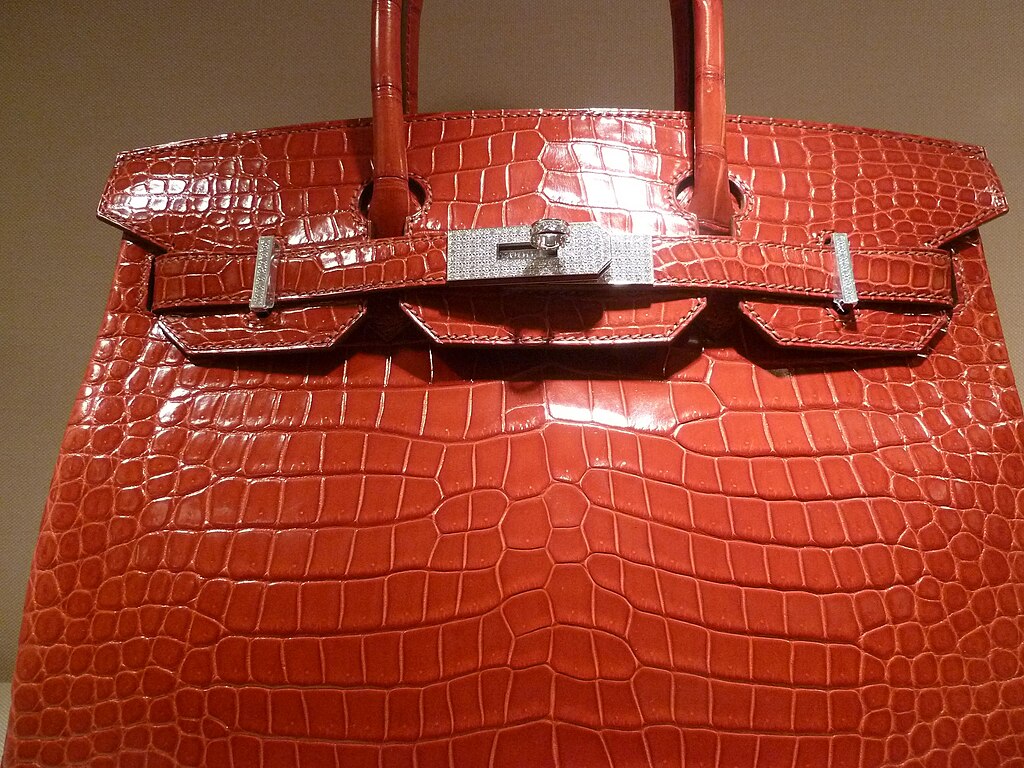
Certain handbags were produced using rare skins or unusual fabrics that are no longer widely available. Examples include crocodile, ostrich, or specialty woven textiles from specific regions. These materials add uniqueness and can place the bag in a particular period of fashion history. Reproducing such materials today can be costly or restricted.
Collectors often research the supply history of these materials to understand rarity. The condition is critical, as cracks or fading can reduce appeal. Bags made from rare materials in excellent shape tend to draw the most attention. Historical production records can confirm if the material matches the era.
Original Packaging
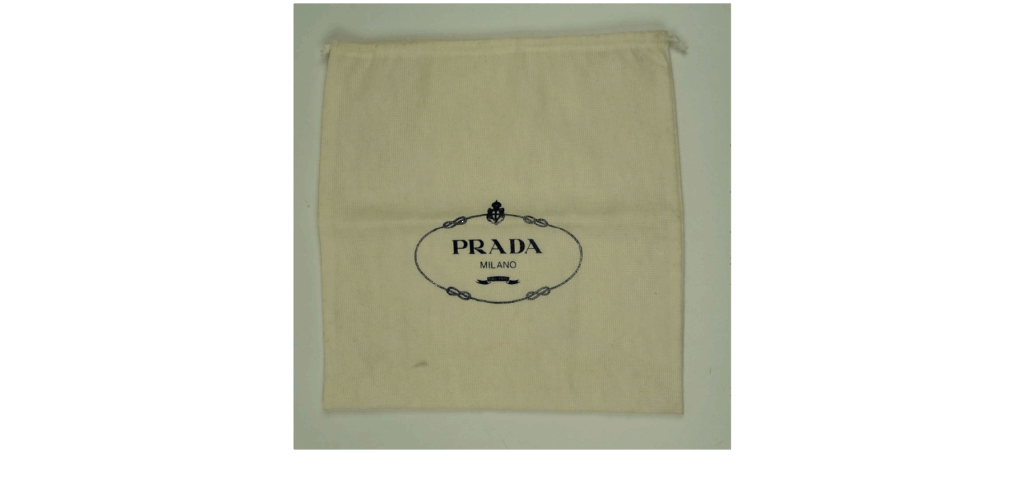
Handbags that come with their original dust bags, boxes, or tags can fetch higher prices. These accessories were often discarded over time, making them rare. Original packaging also provides clues to the era, as styles and materials change over decades. Keeping these items together can strengthen a bag’s historical completeness.
Some brands used distinct packaging for special releases, which can add another layer of rarity. Packaging in good condition further increases appeal. Collectors often pay more for a handbag presented as if it had been sold new. Even simple branded tissue paper can add authenticity.
Brand-Specific Serial Numbers
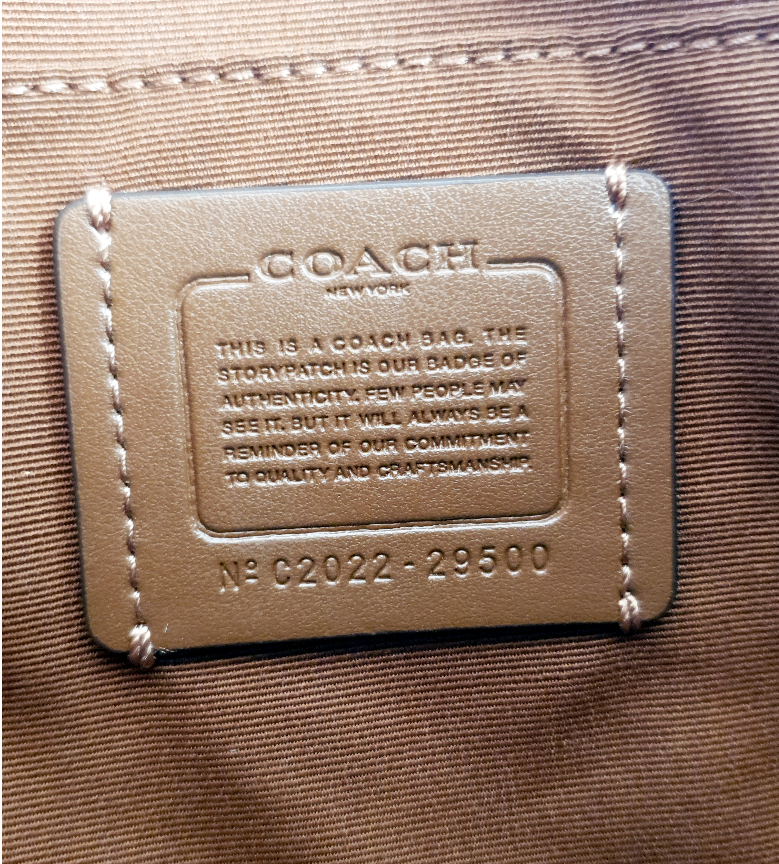
Many luxury handbags include serial numbers or date codes that confirm when and where they were made. These markings are usually hidden inside the bag on a tag or piece of lining. Matching these codes with brand records is a reliable way to verify authenticity. Missing or incorrect codes can indicate alterations or imitations.
Some brands have changed their numbering systems over time, making certain codes easy to date. Collectors often seek bags from specific production years linked to design milestones. Serial numbers can also show if the bag was part of a special collection. Knowing how to read these codes is a valuable skill for identifying worth.
Unique Design Features
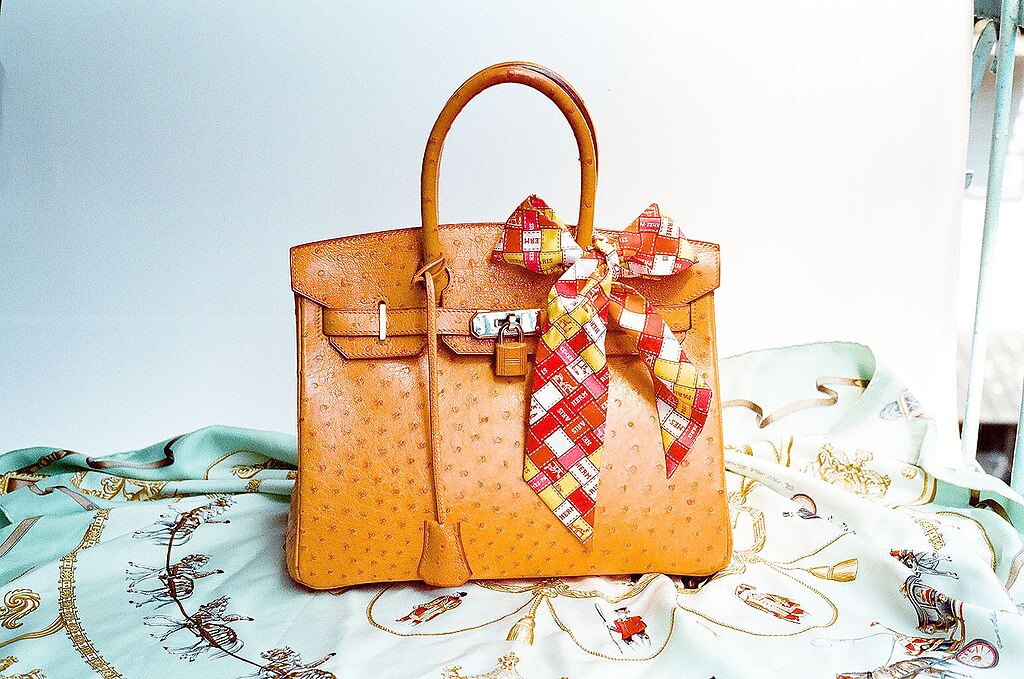
Vintage handbags often have design elements no longer produced today. These could be unusual closures, rare color combinations, or distinctive shapes. Features like these can signal that the bag came from a particular designer’s era or creative period. The rarity of such details can increase collector interest.
Fashion trends and manufacturing techniques change, which means many of these features have disappeared from modern lines. Comparing these traits with archival photos can help verify authenticity. Some collectors specifically focus on unusual designs as they are less common. A unique feature can be the deciding factor in a bag’s value.
Excellent Condition
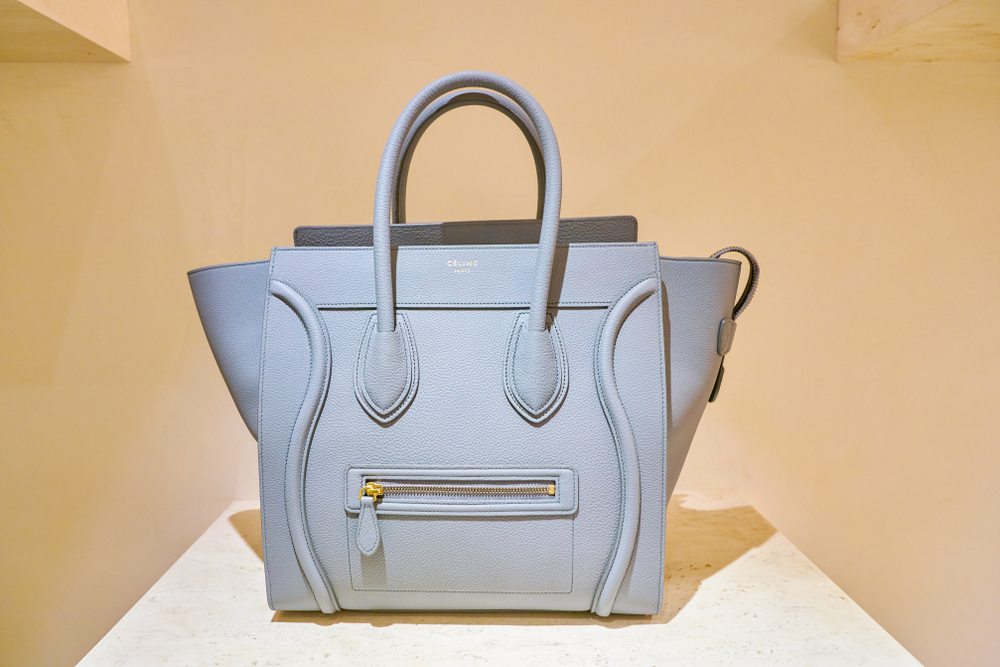
Condition is one of the strongest indicators of a handbag’s value. Minimal wear, intact linings, and original finishes can make a vintage piece stand out. Even small flaws can affect pricing in the collector market. Some buyers are willing to pay significantly more for well-preserved examples.
Proper storage over the years can result in a bag that looks nearly new. Condition grading systems are often used to describe quality. Bags with their original shape and no major discoloration are the most appealing. Maintaining this condition can help protect long-term value.
Period-Specific Fashion Influence
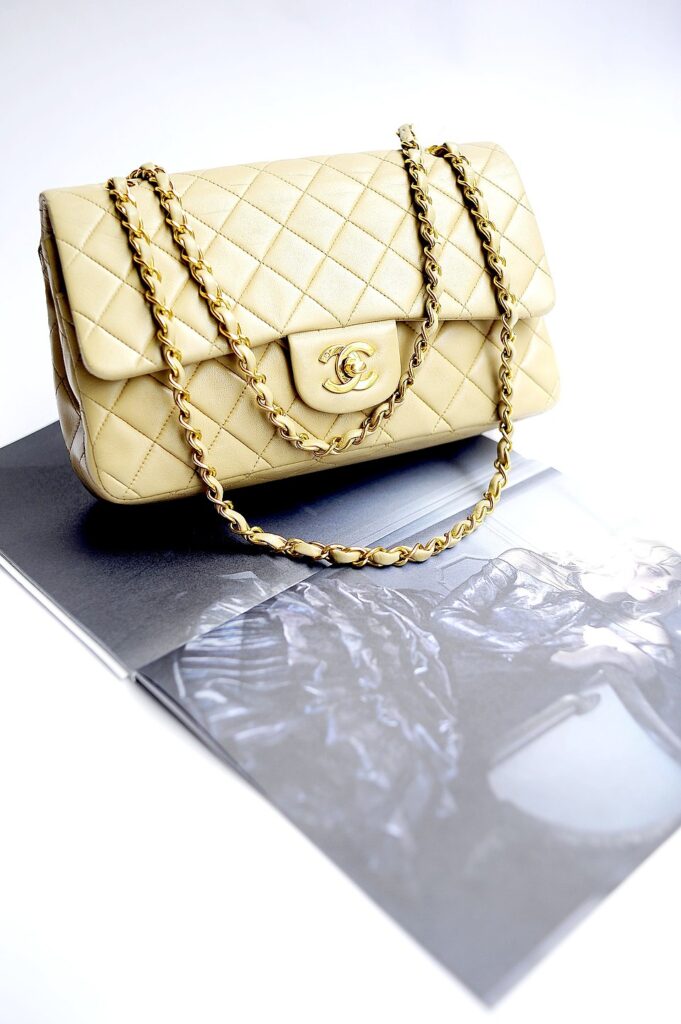
A handbag that clearly reflects the style of a particular era can attract collectors who value historical fashion trends. These pieces often show the colors, shapes, and materials popular at the time. Fashion historians sometimes use such bags to illustrate style movements. This historical context adds another layer of interest.
Identifying the exact period can involve comparing the bag to period magazines or advertisements. Certain decades are more in demand among collectors. Bags from influential fashion years can rise in value due to nostalgic appeal. A strong link to a specific era can make the bag a sought-after example.
Handcrafted Elements
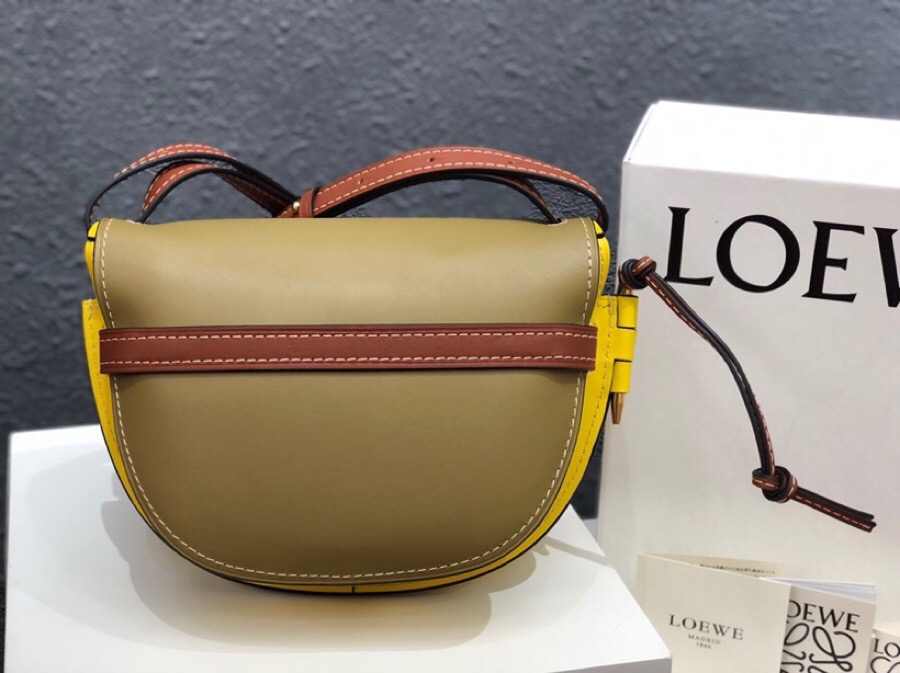
Handbags that feature elements made entirely by hand can be highly valued. This may include hand-stitched panels, hand-painted details, or artisan-made hardware. These details often reflect a level of attention that is less common in mass production. Each handcrafted piece tends to have small variations that make it unique.
The origin of these handcrafted elements can sometimes be traced to specific workshops or artisans. Collectors appreciate the individuality that comes with such work. Bags with visible artisan techniques are often associated with heritage production methods. These touches can connect the bag to a rich tradition of craftsmanship.
This article originally appeared on Avocadu.
